Photos from space show 11,000 beavers are wreaking havoc on the Alaskan tundra as savagely as wildfire
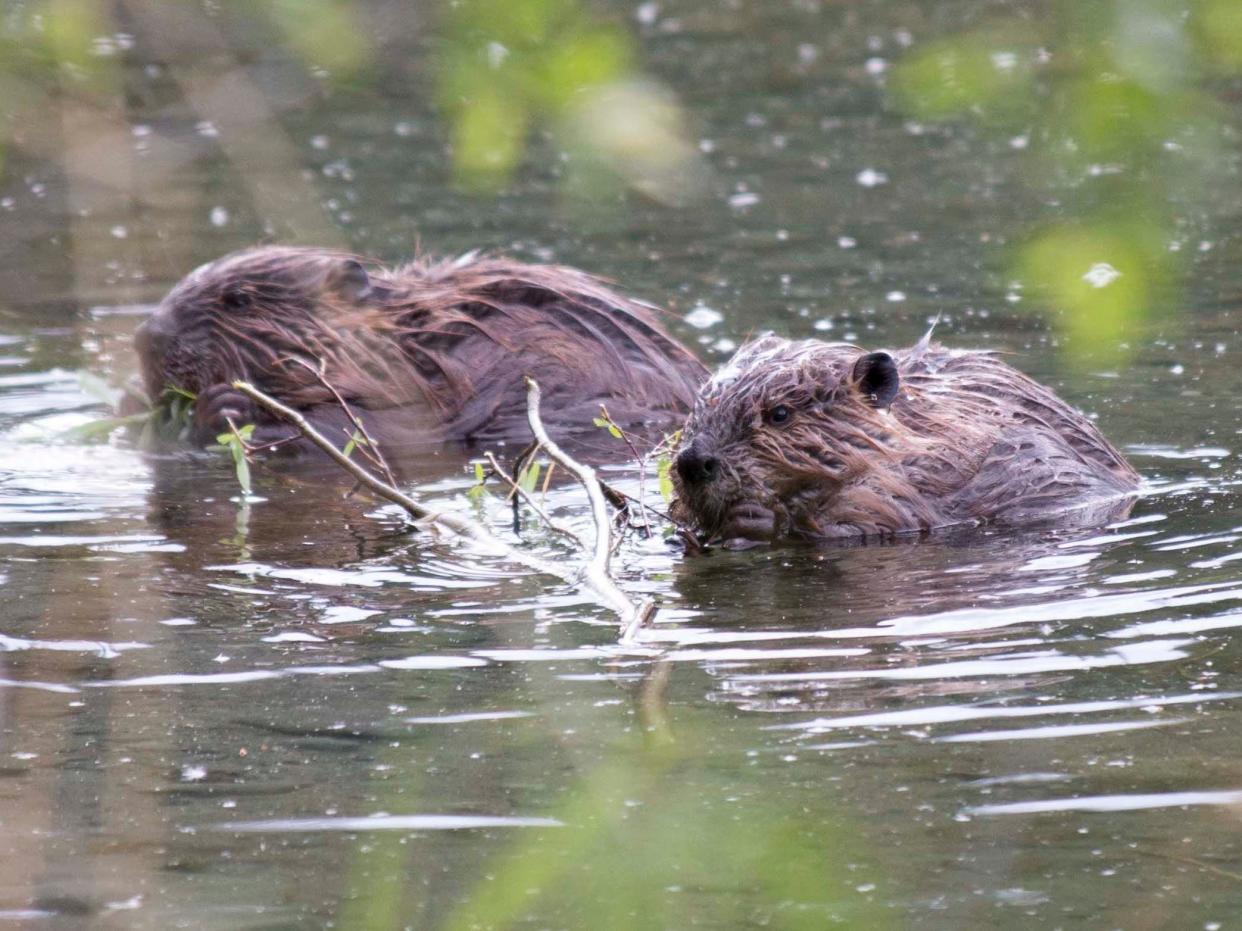
Beavers are invading Alaska's Arctic tundra as it warms, transforming the landscape like wildfire.
Satellite images show rivers turning into trains of lush ponds as beavers build their dams.
The animals are taking advantage of climate change, but their dams could also accelerate warming.
Beavers are taking over the Alaskan tundra, completely transforming its waterways, and accelerating climate change in the Arctic.
The changes are so sudden and drastic that they're clearly visible from space.
As the Arctic tundra warms, woody plants are growing along its rivers and streams, creating perfect habitats for beavers.
As the furry rodents move into these waterways, they make themselves at home by doing what they do best: chewing and carrying wood to build dams, and clogging rapid rivers and streams to make lush ponds.
What was once a thin line of water cutting across the tundra has become a train of bulbous beaver ponds:
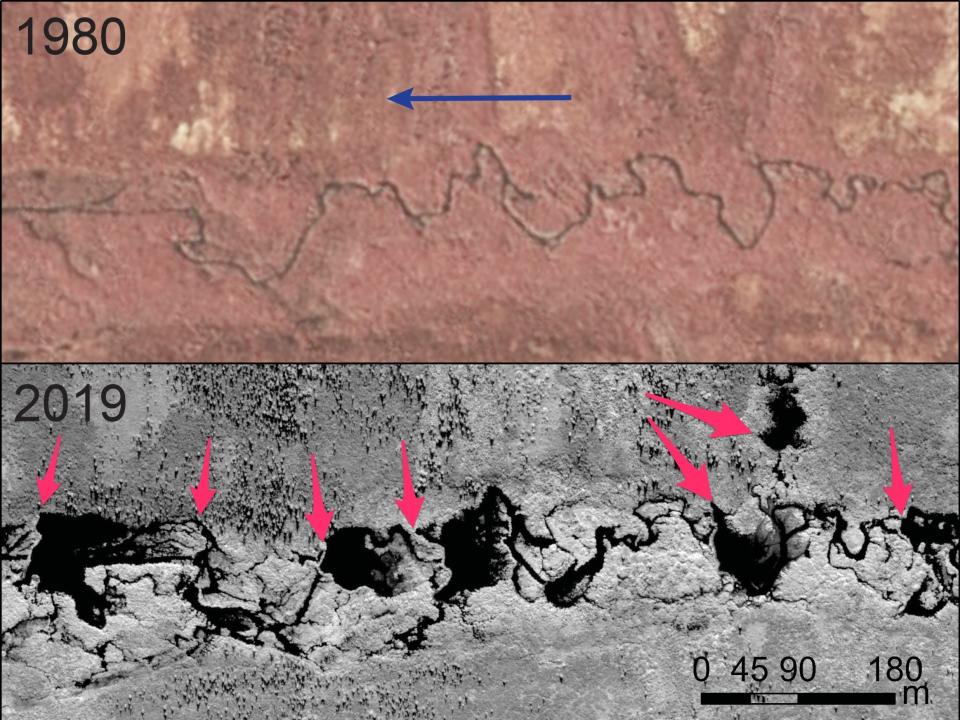
"There's not even a lot of other animals that leave a footprint you can see from space," Ken Tape, an ecologist at the University of Alaska Fairbanks, told Insider. "There is one, and they're called humans. The funny thing is that humans could not get a permit to do what beavers are now doing in this state."
This swimming, furry rodent's invasion of the North American tundra is a mixed bag. The beaver ponds create lush oases that could increase biodiversity, but they also play a role in accelerating the climate crisis.
11,000 new beaver ponds
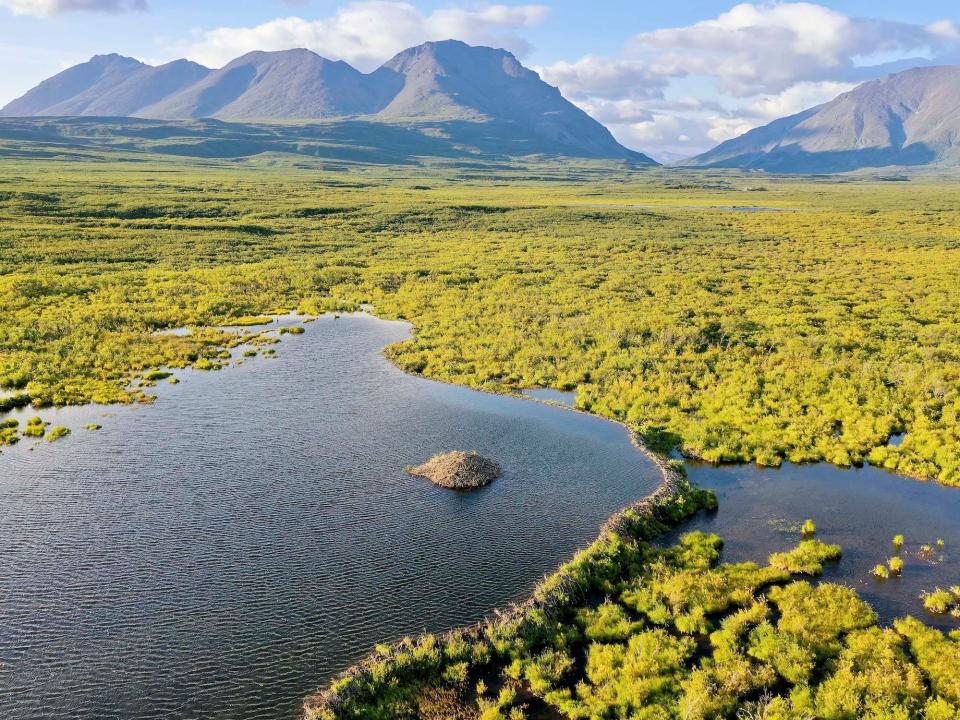
Tape and his colleagues assessed aerial photos from the early 1950s and found no signs of beaver presence in Alaska's Arctic tundra. The first signs of beavers appeared in 1980 imagery. In satellite imagery from the 2000s and 2010s, the beaver ponds doubled.
All in all, satellites reveal more than 11,000 beaver ponds have appeared across the tundra.

"All of western Alaska is now really densely populated with beaver ponds," Tape said.
That's consistent with what Indigenous people in the area have observed. It's especially obvious on the ground in towns like Kotzebue, where there were no beavers 20 years ago, and now they're everywhere, Tape said.
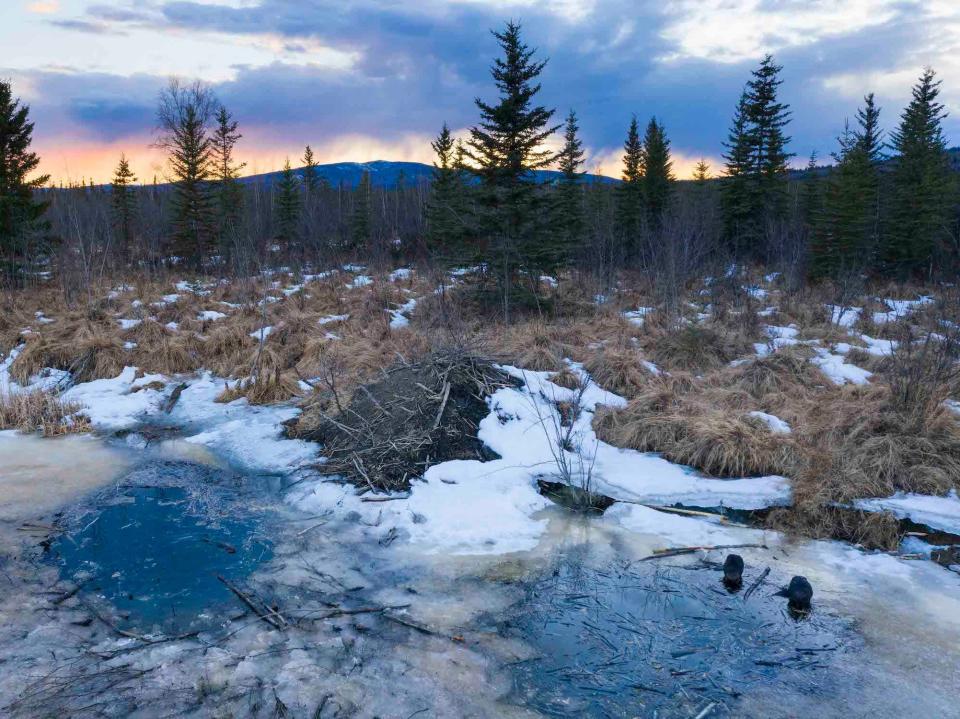
The researchers published their findings in the journal Scientific Reports in May. Tape presented the research at the fall meeting of the American Geophysical Union in December, just as the National Oceanic and Atmospheric Administration issued its annual warning of how quickly the Arctic is succumbing to climate change.
From space, Alaska's beavers are as influential as wildfires
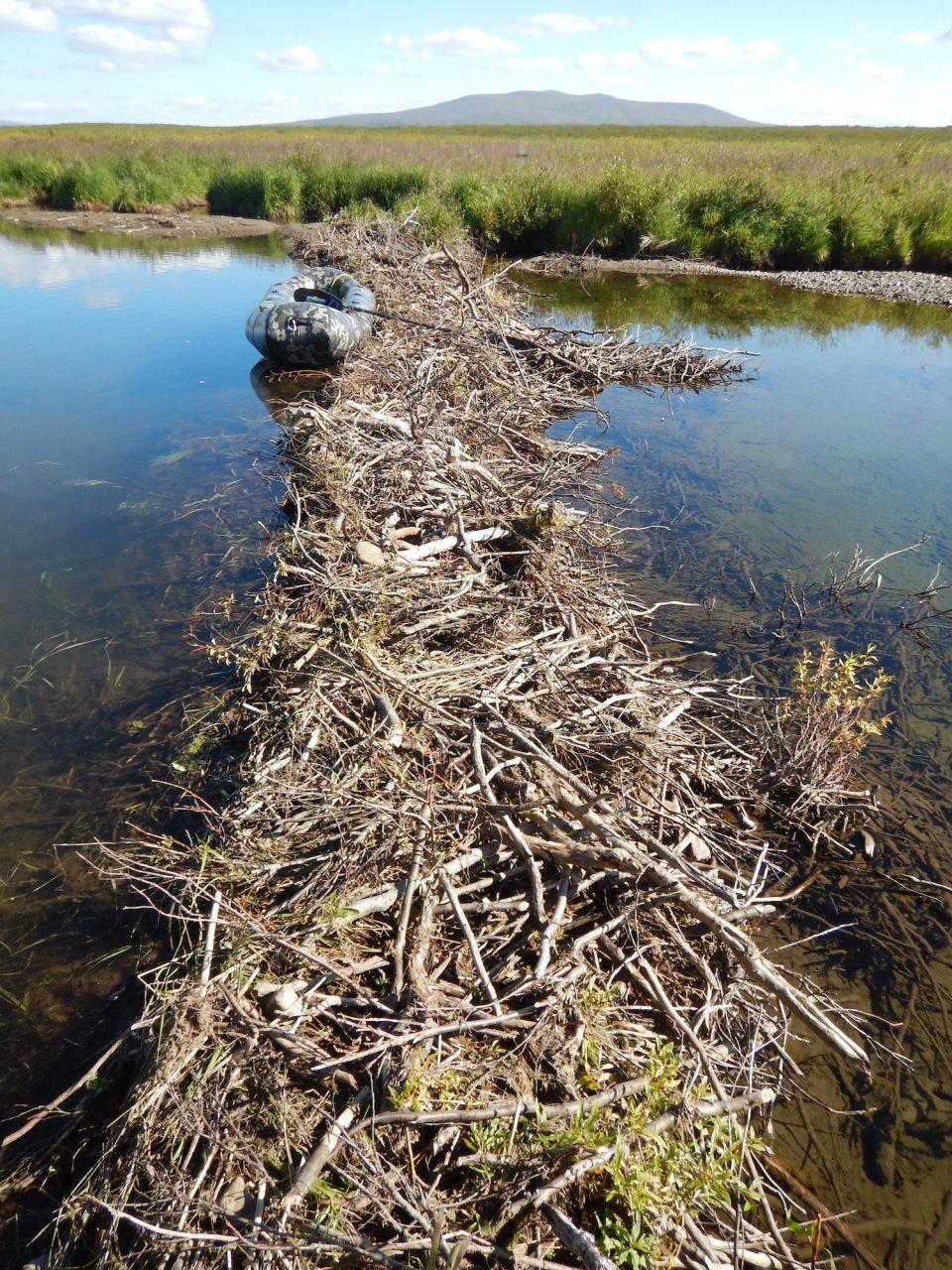
Tape had previously used satellite imagery to look for changes in vegetation — slow and subtle shifts in the appearance of the tundra.
So he was floored when he saw beaver-engineering projects completely transforming landscapes across Alaska.
"It was like hitting the ecosystem over the head with a hammer," he said.
The severity and speed of beavers' footprint on the landscape, as seen from space, is more akin to wildfire, Tape said.
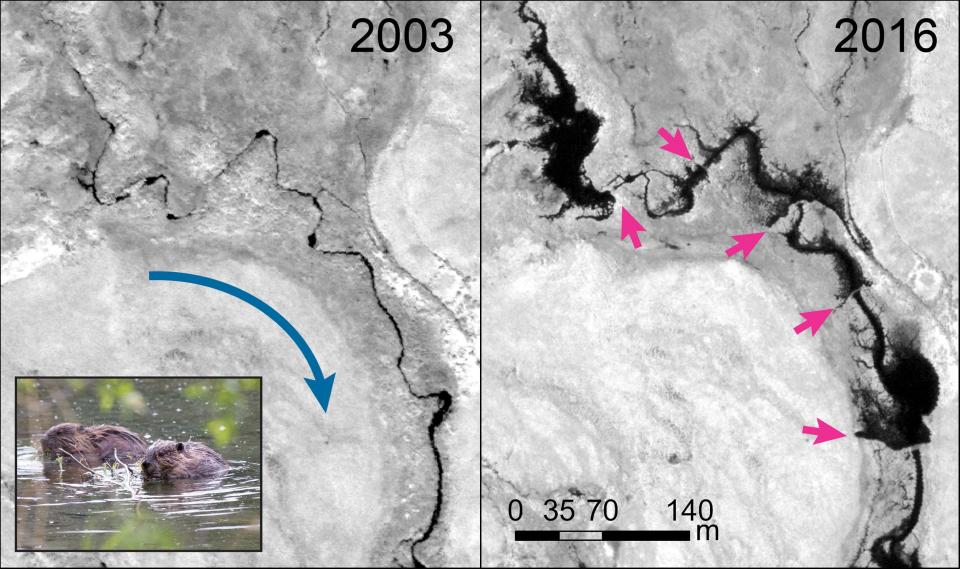
The satellite images answer two key questions for studying any animal population: Where are they? And how many of them are there?
The most exciting question lies ahead, though: How exactly are the beavers changing everything around them?
From fish and vegetation, to water flow and water quality, to all the downstream effects that might have, there's a lot left to study.
Champions of the new Arctic
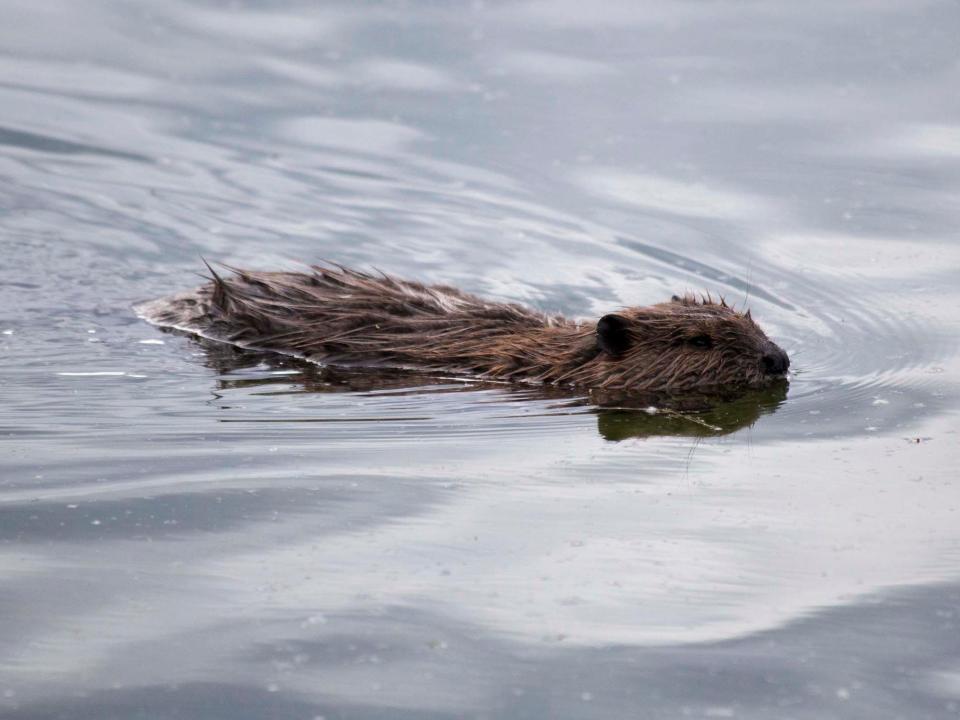
Beaver ponds are warm oases in the tundra, since the still, deep water holds more heat than the rushing rivers that previously cut through.
Tape expects these pond areas will start to resemble boreal forest more than tundra. The still water will likely attract waterfowl and new species of fish.

"If you like the Arctic the way it was, the old Arctic, then beavers are bad for that. Whereas if you kind of embrace the new Arctic, well, then beavers are one of your champions," Tape said.
One thing that's clearly unlikeable about the new Arctic is the thawing of permafrost — layers of soil that normally stay frozen year-round. Permafrost covers about one-quarter of the northern hemisphere, including nearly 85% of Alaska.
As temperatures rise, the permafrost thaws and releases the greenhouse gases carbon dioxide and methane into the atmosphere.
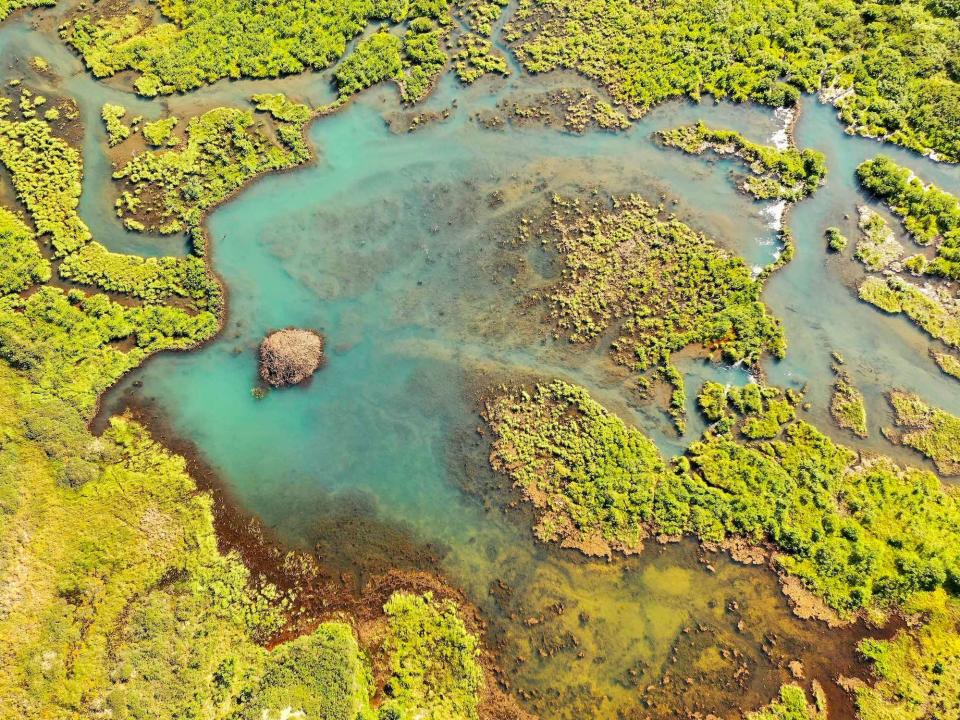
That's the one beaver impact that Tape's team is sure of: Beaver ponds are thawing the surrounding permafrost, exacerbating the climate crisis. Just how much, is not yet clear.
New frontiers for pioneering beavers
More and more beavers will likely spread through the tundra in the future, continuing to move north as the Arctic warms.
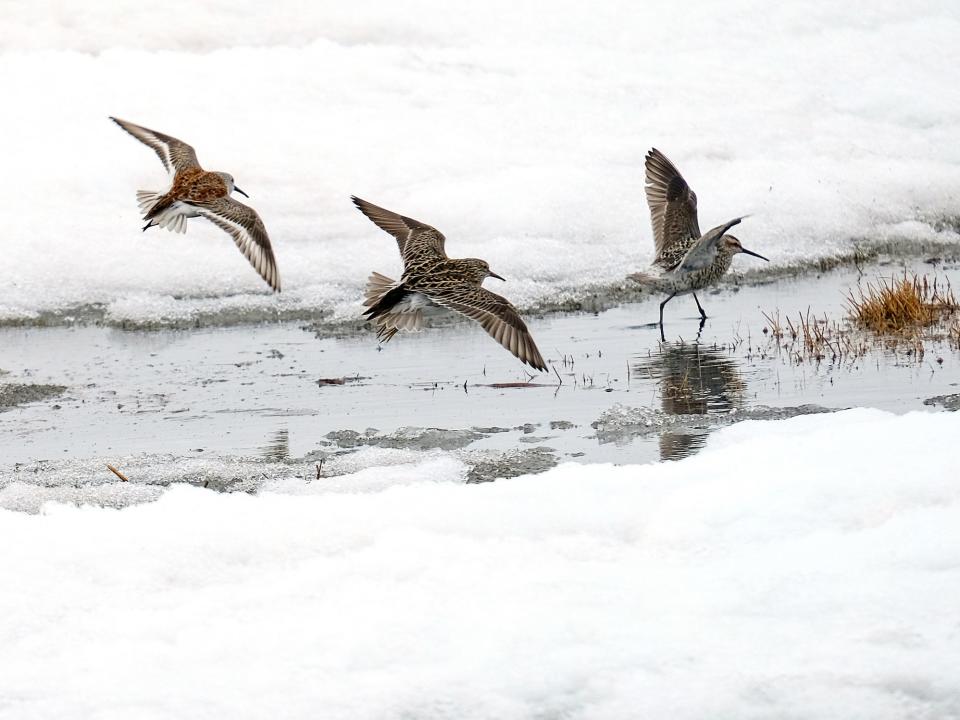
The northernmost strip of Alaska, north of the Brooks mountain range, is still virtually beaver-free, Tape said. But it may not stay that way for long. Dense populations of beavers are just on the other side of the mountains.
"All they have to do is swim downstream," Tape said. "If they find the habitat there — in other words, if it's warm enough, if the shrubs are tall enough, if there's enough unfrozen water in winter — then they're going to forever change that place."
Read the original article on Business Insider

